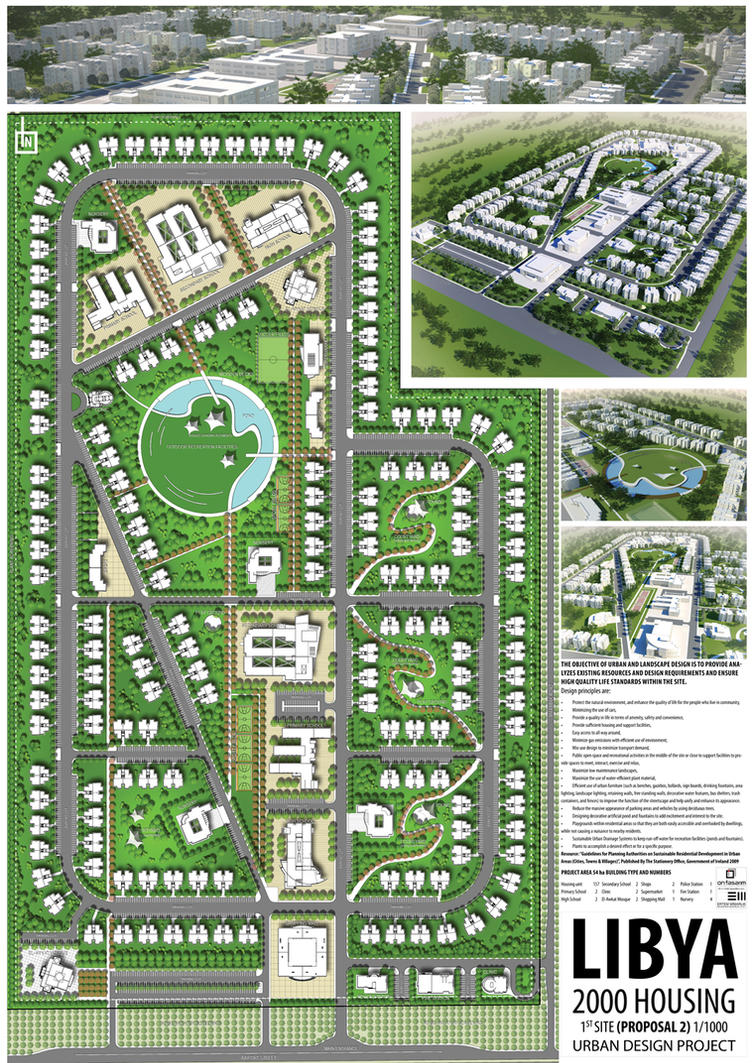Urban design will be the process of building and shaping metropolitan areas, towns and communities. Whereas architecture focuses on individual buildings, urban design address the larger scale of sets of buildings, of roads and public areas, whole neighborhoods as well as districts, and complete cities, to make urban areas functional, attractive, as well as sustainable.
Urban design is definitely an inter-disciplinary subject that unites every one of the built environment occupations, including urban setting up, landscape architecture, buildings, civil and municipal engineering. It is common for professionals in all of the these disciplines to apply in urban pattern. In more recent years different sub-strands regarding urban design have emerged including strategic urban pattern, landscape urbanism, water-sensitive urban design, and lasting urbanism.
Urban design demands a superb understanding of a wide range of subjects from physical geography, through to help social science, as well as an appreciation intended for disciplines, such as real estate investment development, urban economics, politics economy and interpersonal theory.
Urban design[1] is about making connections between people and areas, movement and urban form, nature and the built fabric. Urban design draws together the many strands of place-making, the environmental stewardship, social equity as well as economic viability in to the creation of areas with distinct beauty and identity. Urban design hails from but transcends setting up and transportation insurance policy, architectural design, development economics, engineering as well as landscape. It draws these along with other strands together making a vision for a region and then implementing the resources and skills had to bring the vision to life.
Urban design theory[2] deals primarily while using the design and managing of public space (i. e. your 'public environment', 'public realm' or perhaps 'public domain'), and the way public areas are experienced as well as used. Public space contains the totality regarding spaces used freely on the day-to-day basis by people, such as roads, plazas, parks as well as public infrastructure. Some aspects of privately owned areas, such as developing facades or home gardens, also bring about public space and are also therefore also regarded as by urban pattern theory. Important internet writers on urban pattern theory include Christopher Alexander, Peter Calthorpe, Gordon Cullen, Andres Duany, Jane Jacobs, Mitchell Joachim, January Gehl, Allan M. Jacobs, Kevin Lynch, Aldo Rossi, Colin Rowe, Robert Venturi, William H. Whyte, Camillo Sitte, Costs Hillier(Space syntax), as well as Elizabeth Plater-Zyberk.
While two fields are usually closely related, these people differ in a couple of respects. Firstly, urban design is usually argued to connect with the proactive design of urban areas, whereas the urban planning tends, used, to focus within the management of personal development through founded regulatory planning techniques and programs, along with other statutory development settings, although the magnitude to which this can be the case will rely on the systems regarding urban governance as well as development management set up. Secondly, urban design focuses on the design, high quality, character and overall look of places, including buildings and the spaces between these. Urban planning, conversely, also relates on the uses to which usually those places as well as spaces are placed, and the ways they relate together. Again, the distinction between two highly interrelated activities would depend on the local intention context.


Hiç yorum yok:
Yorum Gönder